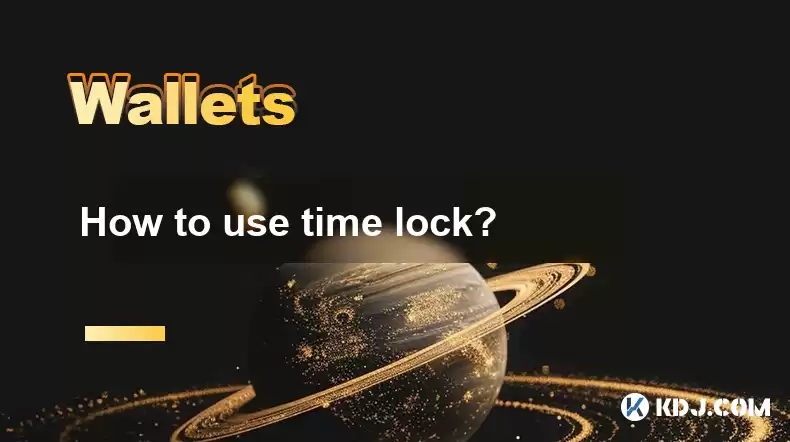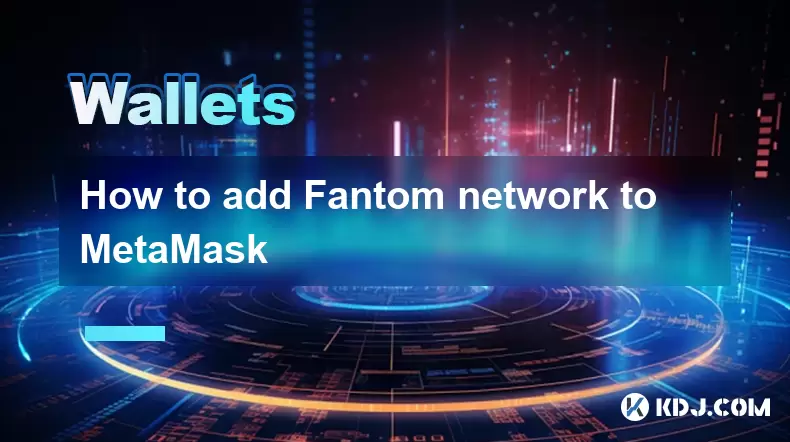-
 Bitcoin
Bitcoin $117600
2.11% -
 Ethereum
Ethereum $3907
6.13% -
 XRP
XRP $3.288
9.68% -
 Tether USDt
Tether USDt $1.000
-0.01% -
 BNB
BNB $784.8
2.00% -
 Solana
Solana $174.3
3.60% -
 USDC
USDC $0.9997
-0.03% -
 Dogecoin
Dogecoin $0.2220
8.04% -
 TRON
TRON $0.3379
0.01% -
 Cardano
Cardano $0.7829
5.46% -
 Stellar
Stellar $0.4348
8.84% -
 Hyperliquid
Hyperliquid $40.50
6.38% -
 Sui
Sui $3.757
7.22% -
 Chainlink
Chainlink $18.41
10.06% -
 Bitcoin Cash
Bitcoin Cash $581.6
1.91% -
 Hedera
Hedera $0.2586
5.37% -
 Avalanche
Avalanche $23.30
4.67% -
 Ethena USDe
Ethena USDe $1.001
0.01% -
 Litecoin
Litecoin $122.0
2.62% -
 UNUS SED LEO
UNUS SED LEO $8.972
-0.23% -
 Toncoin
Toncoin $3.338
1.14% -
 Shiba Inu
Shiba Inu $0.00001282
3.76% -
 Uniswap
Uniswap $10.38
6.88% -
 Polkadot
Polkadot $3.852
4.63% -
 Dai
Dai $1.000
0.02% -
 Bitget Token
Bitget Token $4.463
2.29% -
 Monero
Monero $263.6
-7.22% -
 Cronos
Cronos $0.1496
4.78% -
 Pepe
Pepe $0.00001106
4.91% -
 Aave
Aave $284.3
8.09%
How to use time lock?
Alice sends Bob funds using an HTLC, ensuring payment only upon completion of work within a time-bound contract protected by a time lock.
Feb 23, 2025 at 04:25 pm

Key Points:
- Time lock is a mechanism that delays the release of funds or assets for a specified period.
- It can be implemented in various ways, including hash timelock contracts (HTLCs) and multi-signature locks.
- Time locks are used for a range of purposes, such as escrow services, ensuring the fulfillment of contracts, and protecting funds from premature withdrawal.
- The choice of time lock mechanism depends on the specific requirements and security considerations of the transaction.
How to Use Time Lock:
1. Hash Timelock Contract (HTLC)
- An HTLC is a smart contract that allows two parties to exchange funds or assets with a time-based lock.
- The sender creates a hash and sets a time limit. The recipient can claim the funds by providing the correct hash before the time expires.
- If the time limit is exceeded, the funds are returned to the sender.
Example: Alice wants to pay Bob for a service rendered but only after Bob completes the work. Alice creates an HTLC and sends the payment to a multi-signature address controlled by both of them. Bob provides the correct hash and claims the payment when the work is completed, within the specified time frame.
2. Multi-Signature Lock
- A multi-signature lock requires multiple parties to sign a transaction to release the funds.
- The number of required signatures can be set to achieve the desired level of security.
- Time locks can be incorporated by setting a threshold for the time period within which the required number of signatures must be collected.
Example: A company wants to distribute funds to its executives for a project. They create a multi-signature lock with three executives required to sign a transaction to release the funds. They also set a time lock of 1 month, ensuring that all executives have ample time to review and approve the transaction before the funds are released.
3. Time-Locked Addresses
- Time-locked addresses are specific addresses where funds are locked for a specified period.
- They are created by setting a timestamp on the address.
- Any funds sent to these addresses can only be withdrawn after the time lock has expired.
Example: An investor wants to lock away some funds for long-term investment. They create a time-locked address with a lock time of 5 years. They send the funds to this address, ensuring that they will not be accessible for the next 5 years.
4. Escrow Services
- Escrow services utilize time locks to hold funds in a secure, neutral third-party account until certain conditions are met.
- Time locks ensure that funds are released only when both parties have fulfilled their obligations under the escrow agreement.
Example: In an online marketplace, a buyer and seller may utilize an escrow service to facilitate a transaction. The buyer sends the payment to the escrow account, which is time-locked until the seller provides proof of delivery. Upon confirmation of delivery, the time lock expires, and the funds are released to the seller.
5. Protecting Funds from Premature Withdrawal
- Time locks can be used to protect funds from being withdrawn prematurely, such as in the case of cold storage or inactive wallets.
- By setting a time lock, users can ensure that funds are not accessible below a certain threshold and for a certain period of time, mitigating the risk of unauthorized access or theft.
Example: A user with a large cryptocurrency balance in a cold storage wallet may set a time lock of 24 hours on the withdrawal of funds. This delays any potential withdrawals, providing time for the user to react in case of a security breach or unauthorized access.
FAQs:
Q: What are the benefits of using time locks?
A: Time locks provide enhanced security, prevent premature withdrawal of funds, facilitate escrow services, ensure contract fulfillment, and add an extra layer of protection to cryptocurrency transactions.
Q: Can time locks be used for any type of cryptocurrency transaction?
A: Time locks are primarily used in cryptocurrency transactions but can be adapted for other types of digital assets and financial services.
Q: How do I choose the right time lock mechanism?
A: The choice of time lock mechanism depends on the specific requirements of the transaction, including the level of security, the type of assets involved, and the duration of the time lock.
Q: What is the difference between a hash timelock and a multi-signature lock?
A: A hash timelock uses a cryptographic hash and time delay to release funds, while a multi-signature lock requires multiple signatures to release funds.
Q: How do I set up a time lock for my cryptocurrency wallet?
A: The process of setting up a time lock on a cryptocurrency wallet varies depending on the specific wallet software. Refer to the wallet's documentation or seek guidance from a reputable source.
Disclaimer:info@kdj.com
The information provided is not trading advice. kdj.com does not assume any responsibility for any investments made based on the information provided in this article. Cryptocurrencies are highly volatile and it is highly recommended that you invest with caution after thorough research!
If you believe that the content used on this website infringes your copyright, please contact us immediately (info@kdj.com) and we will delete it promptly.
- EigenLayer, Restaking, and Ethereum: Navigating the Hype and the Hazards
- 2025-08-08 06:30:12
- Super Bowl 59: Jon Batiste to Jazz Up the National Anthem
- 2025-08-08 06:30:12
- Cold Wallet Crypto in 2025: The Future is Now, Ya'll
- 2025-08-08 05:10:13
- MAGACOIN, SOL, and ADA: A Tale of Shifting Tides in Crypto
- 2025-08-08 05:10:13
- SHIB Price, PEPE, and the Memecoin Supercycle: Who Will Reign Supreme?
- 2025-08-08 05:50:12
- Pudgy Penguins Price Prediction: Google Trends & Breakout Signals
- 2025-08-08 05:50:12
Related knowledge

How to buy Dogecoin on MetaMask
Aug 08,2025 at 03:42am
Understanding Dogecoin and MetaMask CompatibilityDogecoin (DOGE) is a popular meme-based cryptocurrency that operates on its own blockchain, originall...

How to create a new crypto wallet
Aug 07,2025 at 09:22pm
Understanding the Basics of a Cryptocurrency WalletA cryptocurrency wallet is a digital tool that allows users to store, send, and receive digital ass...

How to add Fantom network to MetaMask
Aug 07,2025 at 08:21am
Understanding the Fantom Network and MetaMask IntegrationThe Fantom network is a high-performance, scalable, and secure blockchain platform designed f...

How to update the firmware on your Trezor wallet
Aug 07,2025 at 05:00pm
Understanding the Role of Staking in Cryptocurrency EcosystemsStaking has become a fundamental component of many blockchain networks that operate unde...

How to export your transaction history from Coinbase Wallet
Aug 07,2025 at 06:50am
Understanding Coinbase Wallet and Transaction HistoryCoinbase Wallet is a self-custodial cryptocurrency wallet that allows users to store, manage, and...

How to export your transaction history from Coinbase Wallet
Aug 07,2025 at 08:49am
Understanding Coinbase Wallet and Transaction HistoryCoinbase Wallet is a self-custodial cryptocurrency wallet that allows users to store, manage, and...

How to buy Dogecoin on MetaMask
Aug 08,2025 at 03:42am
Understanding Dogecoin and MetaMask CompatibilityDogecoin (DOGE) is a popular meme-based cryptocurrency that operates on its own blockchain, originall...

How to create a new crypto wallet
Aug 07,2025 at 09:22pm
Understanding the Basics of a Cryptocurrency WalletA cryptocurrency wallet is a digital tool that allows users to store, send, and receive digital ass...

How to add Fantom network to MetaMask
Aug 07,2025 at 08:21am
Understanding the Fantom Network and MetaMask IntegrationThe Fantom network is a high-performance, scalable, and secure blockchain platform designed f...

How to update the firmware on your Trezor wallet
Aug 07,2025 at 05:00pm
Understanding the Role of Staking in Cryptocurrency EcosystemsStaking has become a fundamental component of many blockchain networks that operate unde...

How to export your transaction history from Coinbase Wallet
Aug 07,2025 at 06:50am
Understanding Coinbase Wallet and Transaction HistoryCoinbase Wallet is a self-custodial cryptocurrency wallet that allows users to store, manage, and...

How to export your transaction history from Coinbase Wallet
Aug 07,2025 at 08:49am
Understanding Coinbase Wallet and Transaction HistoryCoinbase Wallet is a self-custodial cryptocurrency wallet that allows users to store, manage, and...
See all articles

























































































